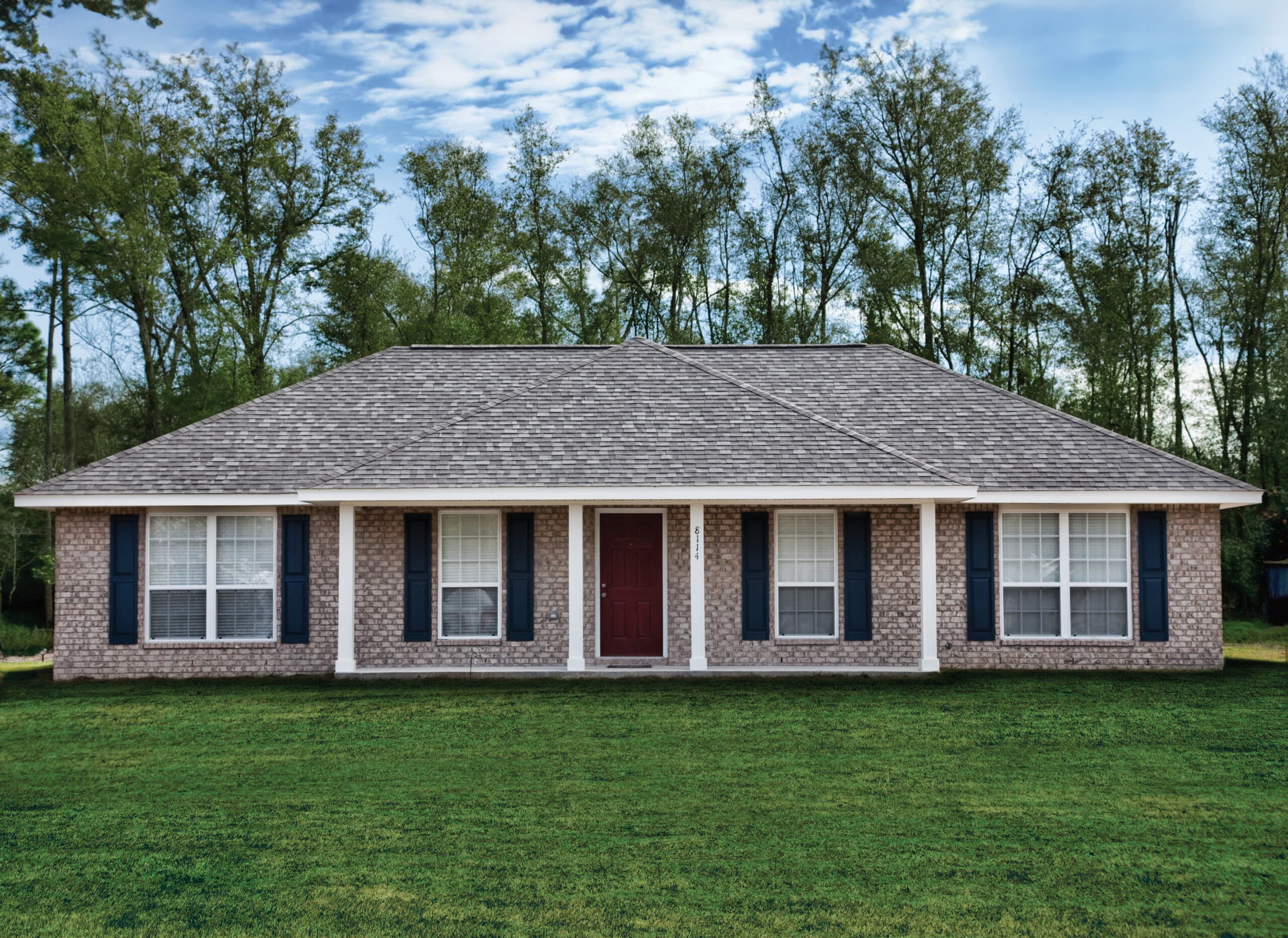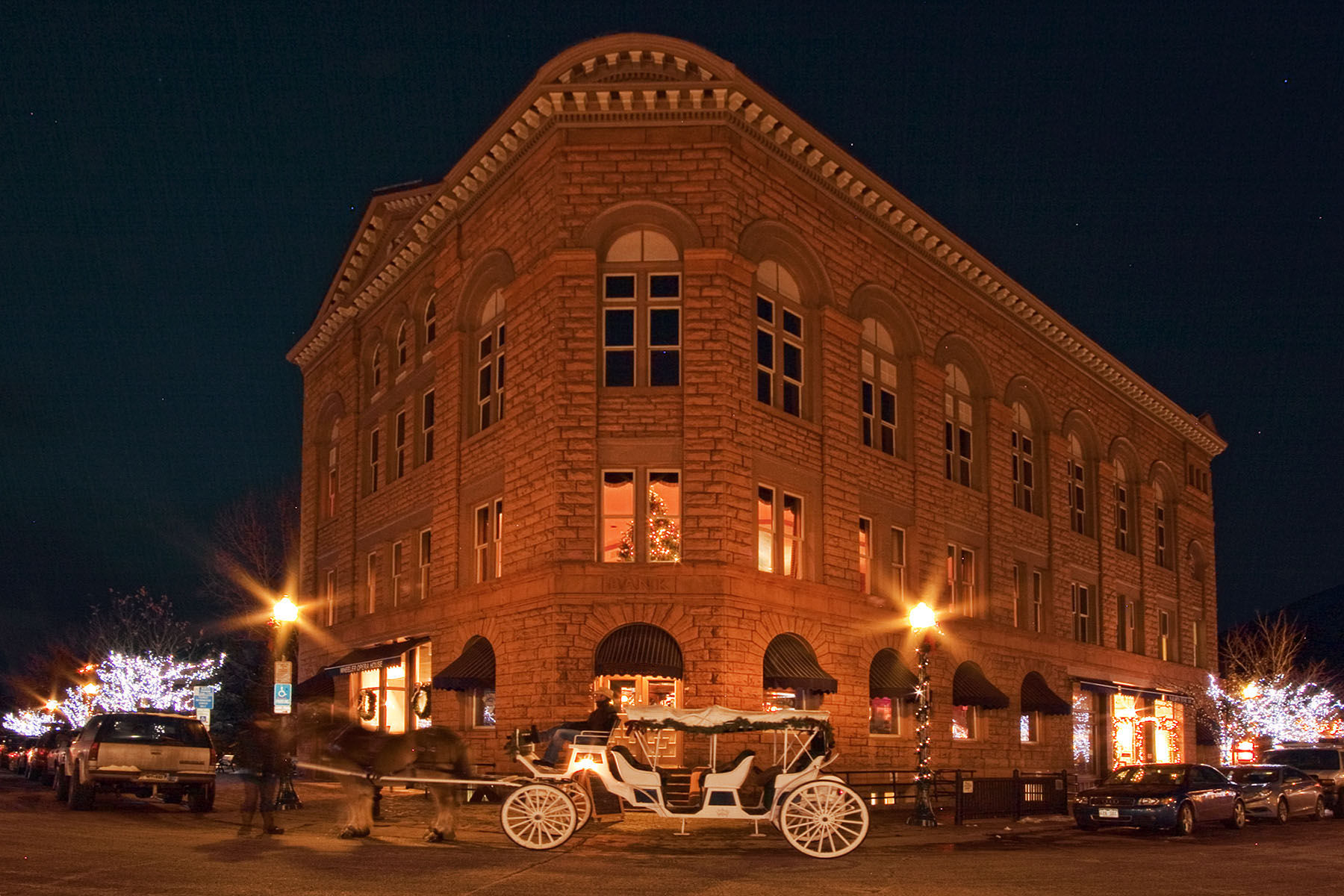Situated along the Roaring Fork River, Aspen is one of the world’s most iconic recreational and cultural hubs. But the county city of Pitkin County was not always a haven of luxurious living. Aspen was founded in 1879 by Henry B. Gillespie as a small mining camp. It struggled through the 1893 silver crash to become a top destination for tourists, celebrities, and homeowners. If you are considering an Aspen home, here is what you should know about the town’s architectural and cultural history.
Aspen the Mining Camp
Before the mining boom of the 1870s, the Roaring Fork Valley was the ancestral home and summer hunting grounds of the Ute people. The mining boom saw white settlers move to these slopes with rich silver deposits and set up mines. The town was successful for a while until the 1893 silver crash crippled its mining business, rendering it a ghost town.
Early Buildings
During the mining days, Macy co-owner Jerome B. Wheeler established two of Aspen’s most iconic architectural landmarks – the Hotel Jerome and the Wheeler Open House. The structures were revolutionary for 1888 standards. At three stories, the brick Hotel Jerome was the largest building in the area at the time. Its interiors have been restored, and its original façade remains intact today.
The Opera House is also standing today. At the time it was built, it was the third-biggest construction in Colorado, and today serves as a measuring guide for other buildings in the area. The Opera House has also been restored and hosts regular cultural and music events.
Aspen Real Estate Today
Aspen today is home to just over 7,000 people and four world-renowned ski resorts. In 2015, Forbes named the Zip code the ninth most expensive real estate area in the US. And as your Aspen realtor will tell you, the median property value in Aspen is over $5 million.
The high price is due to the competitive market and world-class attractions available in Aspen. In terms of homes, you can also blame the price tag on the iconic and historic architectural styles, which include:
Pan Adobe
The Pan Abode style is also called Rustic and became prominent post-WWII in the 1950s when the West was all the rage. Americans moving to the Aspen area brought along Pan Abode DIY kits and built homes from scratch with wood and logs. Over time, these homes were transformed into vacation homes and now make up Aspen’s famous mountain ski lodge style.
Bauhaus
This modern, contemporary style was adopted to set Aspen apart from other mountain towns in the US. Architects restored some of the older structures in the area in order to maintain the town’s history. But because Bauhaus incorporates a lot of art into its style, the buildings were also fitted with a lot of asymmetrical arrangements and geometric shapes.
Victorian
When many people think of Aspen, they imagine Victorian homes. This charming but striking style has dominated the town for decades, and you can see it in many historic structures in the area. Victorian architecture is so prominent, in fact, that it is evident in everything from expansive mansions to small cottages.
Discover Aspen Homes with an Aspen Real Estate Agent
Aspen grew from a summer hunting camp to a silver mining town to the ski capital of the world. Its rich history, magnificent architecture, and exciting attractions make it an excellent place to call home. And if you are thinking of Aspen real estate, there is no better agent to partner with than Carrie Wells. Wells brings years of experience in the service industry and an ability to stay informed about the game. With her, you get unfettered access to all the information you need to make a sound Aspen investment. Contact her office today to learn more.


